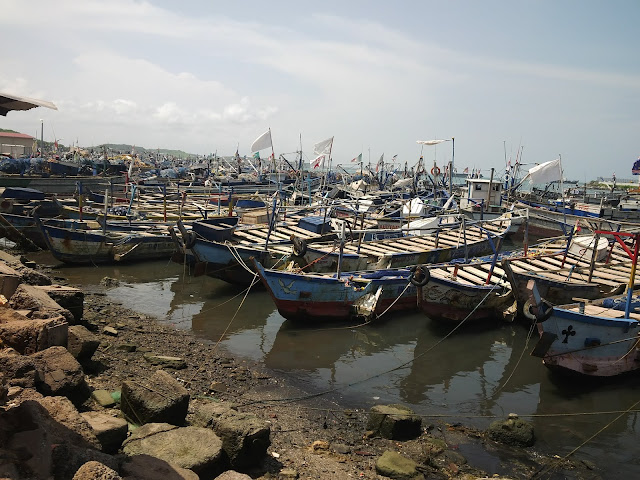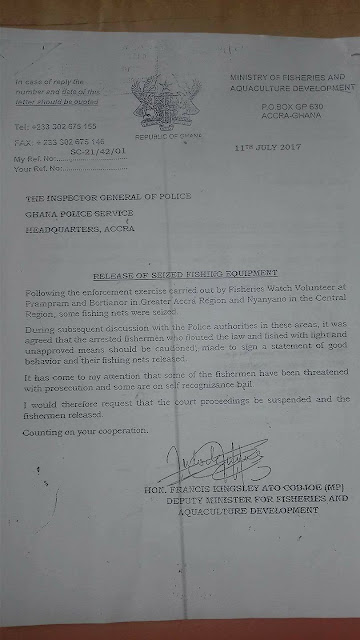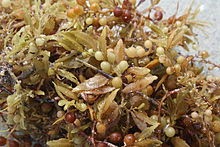Overcapacity in Ghana's canoe sector: Fact or Myth?

Canoes at Tema New Town waiting to set sail My commitment is to equity and sustainable fisheries resource management in Ghana's fisheries. I have worked with a few organisations to support the effort of the Fisheries Commission , Ghana in managing small scale fisheries. The argument has always been, among other things, about overcapacity in the canoe sector and the need to reduce the canoe fleet size ( fisheries management plan, 2015 - 2019 ). On the surface and probably back by some statistics this may appear true but I beg to differ! Small scale sector and overfishing challenges There are currently over 13000 canoes in Ghana operating from over 300 landing beaches along the 550km stretch of Ghana's coast. Fisheries Commission has field stations in all four coastal regions where landing data is collected and sent to the Fisheries Statistical Survey Division of the Commission for analysis. It is from here that we get our national landing data that is used for t





